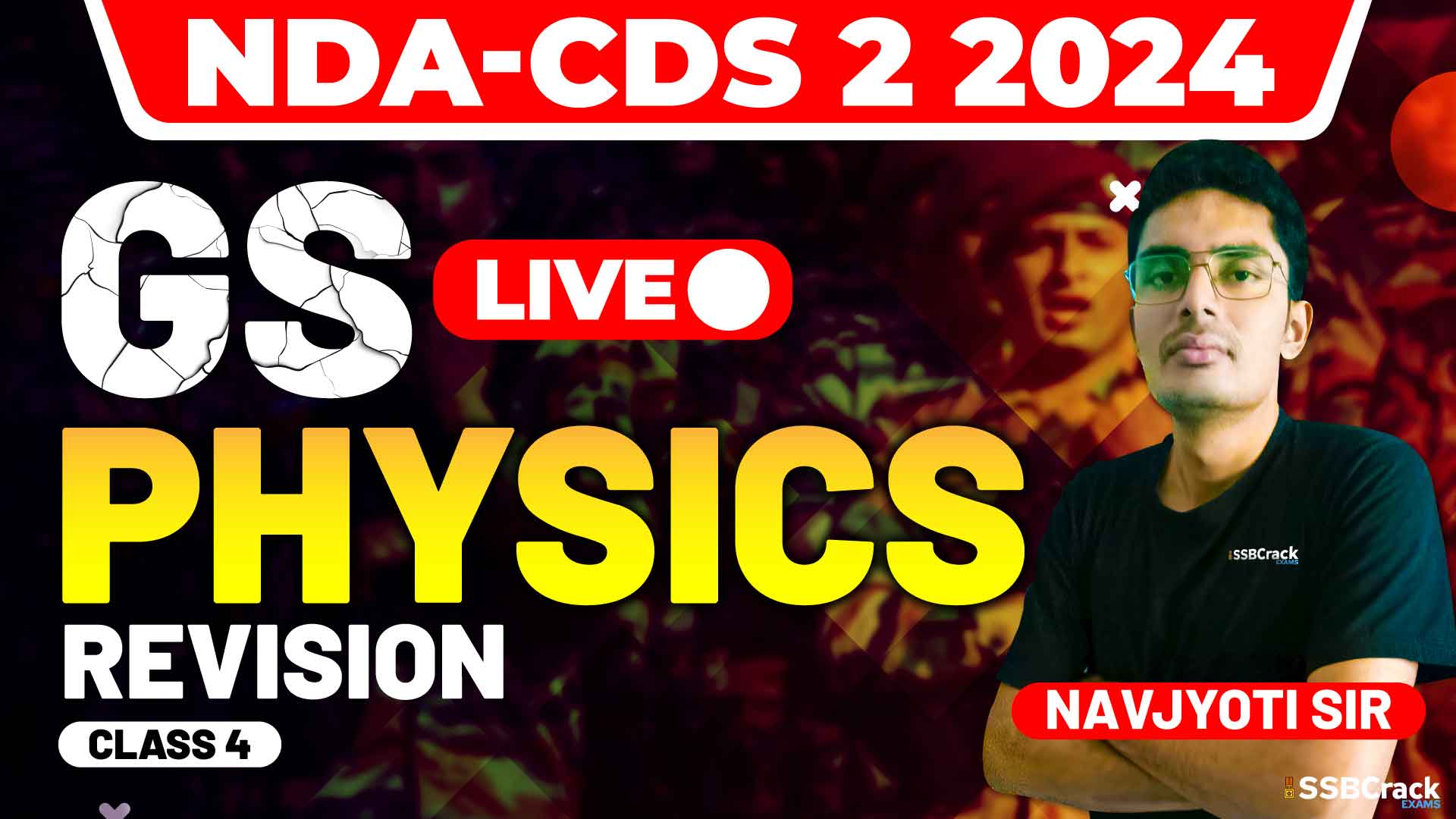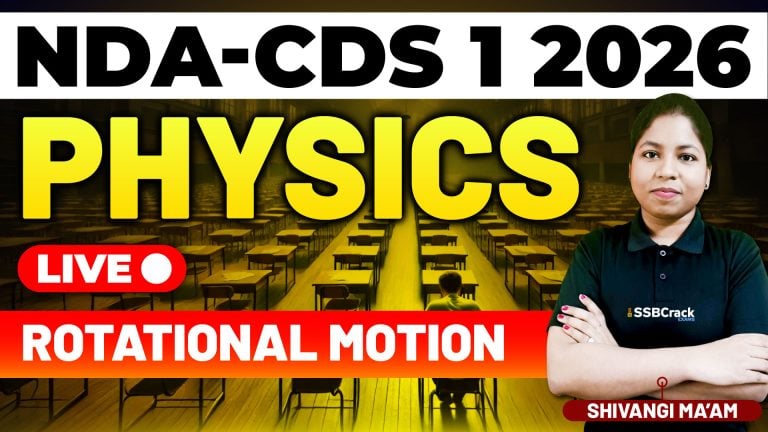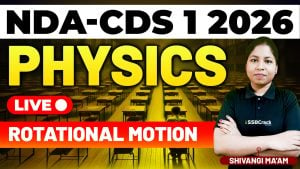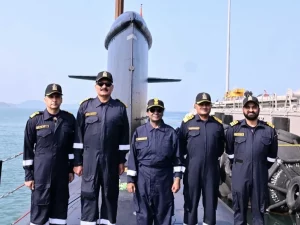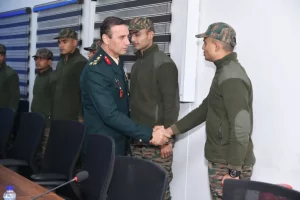When preparing for the NDA and CDS exams, mastering topics like Motion and the Laws of Motion is crucial. These fundamental concepts not only form the bedrock of classical mechanics but are also regularly featured in the multiple-choice questions (MCQs) of these exams. To excel in this section, a strong understanding of the basic principles and the ability to apply them in various scenarios is essential.
Motion and Its Types
Motion refers to the change in position of an object over time. It can be classified into different types based on the nature of movement:
- Rectilinear Motion: Movement along a straight line.
- Circular Motion: Movement along a circular path.
- Rotational Motion: Movement of an object around a central axis.
- Oscillatory Motion: Movement that repeats itself in regular intervals, such as a pendulum.
Understanding these types of motion is key to solving many problems, especially those involving graph interpretation or conceptual questions.
Terms Associated with Motion
Several key terms are associated with motion, and they often appear in exam questions:
- Displacement: The shortest distance between the initial and final positions of an object, considering direction.
- Velocity: The rate of change of displacement. It is a vector quantity.
- Acceleration: The rate of change of velocity. This is also a vector quantity and can be positive (speeding up) or negative (slowing down, also known as deceleration).
Grasping these concepts helps in solving problems related to speed, velocity, and acceleration, which are common in NDA and CDS exams.
Graphs Showing Motion
Graphs play a crucial role in visualizing motion. Understanding how to interpret and plot different types of motion graphs is vital:
- Distance-Time Graph: A straight line indicates uniform motion, while a curved line indicates accelerated motion.
- Velocity-Time Graph: The slope of the graph gives acceleration, and the area under the graph gives displacement.
- Acceleration-Time Graph: The area under this graph gives the change in velocity.
MCQs may ask you to deduce information from these graphs, so practice is essential.
Laws of Motion
Sir Isaac Newton’s three laws of motion are fundamental to understanding how objects move:
- First Law (Law of Inertia): An object will remain at rest or in uniform motion unless acted upon by an external force.
- Second Law: The acceleration of an object is directly proportional to the net force acting on it and inversely proportional to its mass. This law introduces the concept of force.
- Third Law: For every action, there is an equal and opposite reaction.
These laws form the basis of many questions, particularly those involving forces, momentum, and collisions.
Strategies to Solve MCQs on Motion and Laws of Motion
- Understand the Concepts: Ensure that you thoroughly understand the concepts of motion and Newton’s laws. Review examples and practice problems regularly.
- Visualize the Problem: For questions involving motion, try to visualize the scenario. Drawing a diagram can help in understanding the problem better.
- Use the Right Equations: Although no formulas are given here, in the exam, you’ll need to be familiar with equations of motion and their applications. Ensure you know when and how to use them.
- Analyze Graphs Carefully: MCQs often involve interpreting motion graphs. Practice reading different types of graphs and extracting information quickly.
- Practice with Previous Papers: Solving previous years’ papers helps in understanding the pattern of questions asked. Focus on time management and accuracy.
- Focus on Application: Many questions will test your ability to apply basic principles to new situations. Practice problems that require critical thinking and application of multiple concepts.
- Eliminate Wrong Options: In MCQs, use the process of elimination to narrow down the choices. If unsure, eliminate the obviously incorrect options first.
- Revise Regularly: Regular revision of key concepts, laws, and problem-solving techniques is crucial. Make concise notes for quick revision before the exam.
Conclusion
The topics of Motion and the Laws of Motion are not just essential for scoring well in the NDA and CDS exams but also for understanding advanced concepts in physics. A systematic approach to studying these topics, combined with regular practice and effective exam strategies, will enhance your chances of success. Focus on understanding the concepts, practicing problem-solving, and improving your speed and accuracy to excel in this section of the exam.
